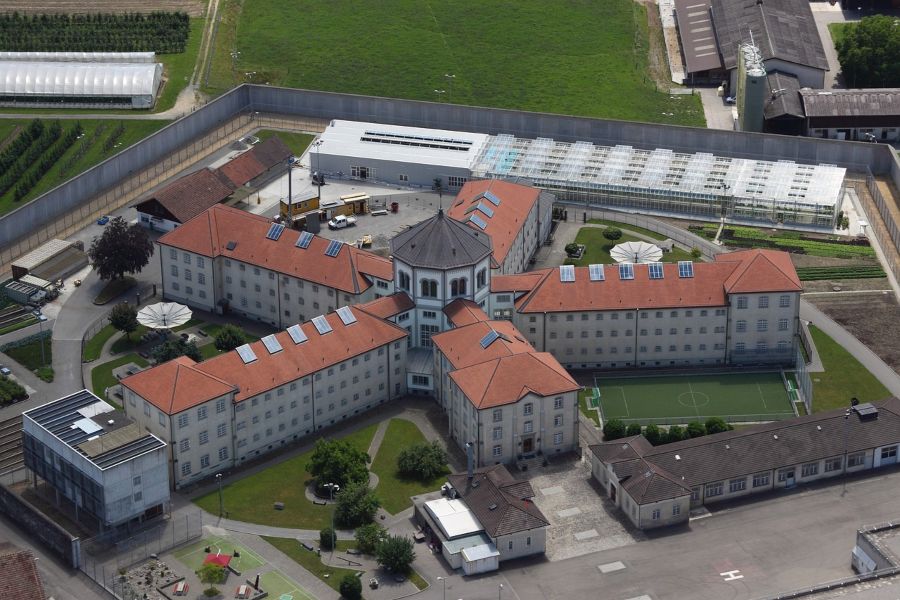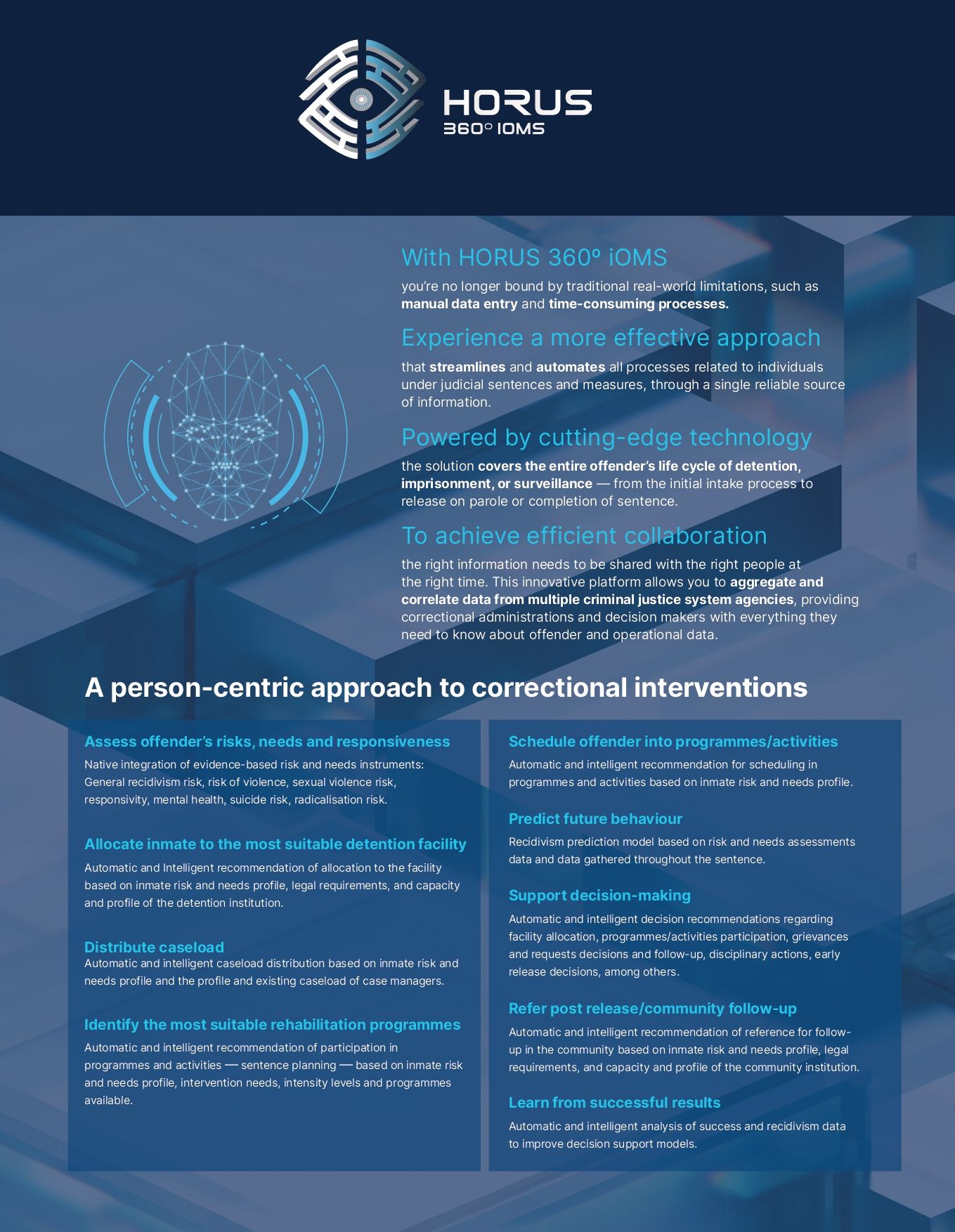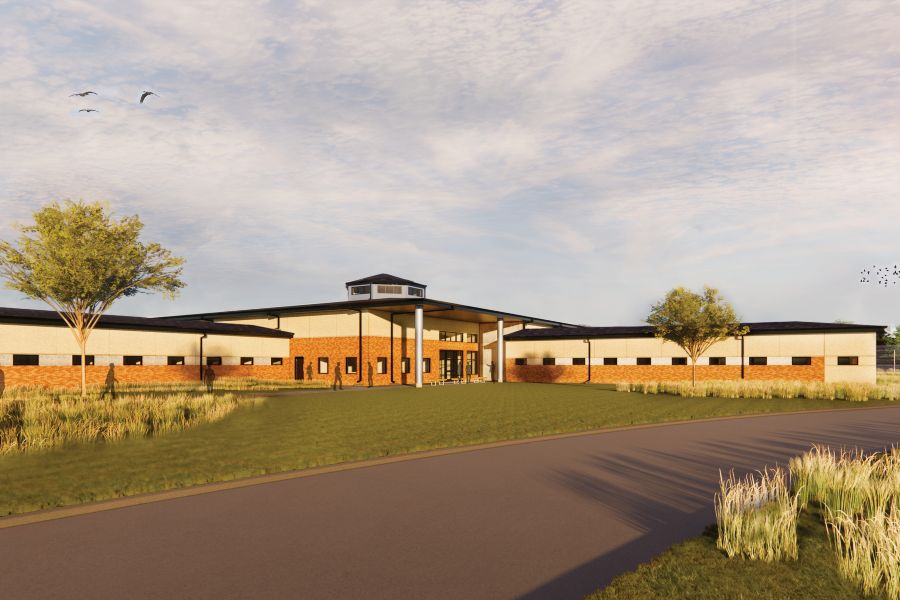Article
Pedro das Neves
In just a few decades, criminal justice systems, particularly prison and probation services, have undergone profound transformations. These have predominantly been driven by shifts in societal perspectives on justice and punishment; through the implementation of comprehensive policy reforms; as a result of the introduction of successful evidence-based services and interventions that support individual change; but also driven by the adoption of new technologies in prison and probation contexts. Most of these changes aim to enhance the effectiveness and humanity of correctional systems.
As a correctional leader, it is imperative that you envision, embrace and guide correctional transformations. Your leadership is crucial in fostering a system that prioritises rehabilitation, public safety, and human dignity. This article, and expert panel, explores several key drivers of transformation in corrections and underscores the necessity of your proactive leadership in this field.
We all recognise that for the good and for the bad, a significant driver of transformation is the shifting societal perspective on justice. Historically perceived as institutions of punishment, there is a growing recognition that punitive measures alone do not address the root causes of criminal behaviour nor contribute to long-term public safety. This realisation has led to an increased emphasis on rehabilitation, reintegration, and restorative justice practices. While public opinion in some jurisdictions still supports harsh justice and correctional practices, many others increasingly favour approaches that prioritise the rehabilitation of offenders. This shift is driven by a greater awareness and understanding of the socioeconomic factors contributing to criminal behaviour.
Additionally, there is a growing body of evidence showing that rehabilitative programmes can significantly reduce recidivism rates, ultimately leading to safer communities. Progressive models of incarceration focusing heavily on individual rehabilitation and addressing inmates’ needs with respect and dignity have shown remarkable success in reducing re-offence rates.
Policy reforms, driven by public opinion or a consequence of partisan political ideology, are another critical driver of transformation. There is a growing movement to address issues of over-incarceration and overcrowding and the associated human rights concerns. Excessive reliance on incarceration has led to overcrowded prisons, significant fiscal burdens, and adverse social impacts. Efforts to reform sentencing laws, improve pre-sentence assessments, reduce sentences, limit the use of solitary confinement, and improve conditions within correctional facilities have gained momentum in many countries.
Community-based alternatives, such as probation, restorative justice programmes, and electronic monitoring, provide cost-effective and rehabilitative options. These alternatives allow offenders to maintain positive family ties, employment, and establish pro-social community connections, which are crucial for successful reintegration and reducing recidivism. International human rights standards and external prison oversight also play a key role in influencing national policies, pushing for more humane treatment of inmates.
The changing demographic profile of inmate populations requires a re-evaluation of correctional strategies and resources. There is an increasing number of women, elderly, immigrants, and LGBT+ individuals in prisons, each with unique needs and vulnerabilities. Gender-specific healthcare, age-appropriate medical services, and protection against discrimination and violence for LGBT+ inmates are more urgent than ever. Additionally, the rise in gang activity, violent organised crime, and extremist inmates poses new security challenges, requiring specialised training for staff, enhanced intelligence-gathering capabilities, and strategies to prevent radicalisation and gang activity within prisons.
As a consequence, high-stress levels, potential exposure to violence, and the emotional toll of working in correctional environments pose unique challenges to correctional officers and other staff members. Investment in comprehensive training programmes that equip staff with the skills necessary to manage these challenges effectively is crucial. Promoting staff well-being through supportive workplace practices, mental health resources, and opportunities for career advancement can improve job satisfaction, performance and retention.

Prison design and architecture are essential to creating healthy working and living environments and supporting the evolving goals of your institution. Traditional prison designs often emphasise security and containment over rehabilitation, contributing to environments that can exacerbate stress and violence. Reimagining correctional facilities prioritising designs that promote rehabilitation, mental health, and community integration (incorporating more natural light, green spaces, and areas for physical activity and social interaction, besides supporting educational and vocational training programmes with dedicated spaces for classrooms, workshops, and therapy sessions, as an example), should be a top priority.
Technological advancements are powerful drivers of change. Innovations in technology offer new opportunities to enhance security, improve inmate management, and deliver effective rehabilitation programmes. From advanced surveillance systems to digital learning platforms, inmate communications, self-service systems, and offender management systems, technology is reshaping the operations of correctional facilities.
Over the past three decades, electronic monitoring systems have allowed the effective monitoring of offenders in the community, reducing the need for physical confinement. Virtual reality (VR) and augmented reality (AR) are being used to provide immersive training and therapy sessions, offering inmates valuable skills and coping mechanisms.
The integration of data and artificial intelligence (AI) into offender management systems is a crucial step toward a more efficient and future-driven correctional system. Advanced data analytics and AI can provide deep insights into behaviour, risk factors, and rehabilitation progress of individuals in prison. These technologies enable predictive analytics that can identify potential issues before they escalate, such as predicting violent incidents or identifying individuals who may need additional mental health support. AI-driven systems can also personalise rehabilitation programmes by analysing individual needs and responses to different interventions, thereby enhancing the effectiveness of these programmes. Furthermore, comprehensive data systems improve transparency and accountability within correctional facilities, ensuring that policies and practices are data-informed and continuously optimised.
Environmental and climate change challenges can also affect correctional services, presenting new risks and operational complexities. Extreme weather events, such as hurricanes, floods, and wildfires, can disrupt facility operations, requiring evacuations and endangering the safety of both inmates and staff. Many correctional facilities, not designed for purpose and often old and poorly maintained, are ill-equipped to handle the impacts of climate change, leading to deteriorating conditions that can exacerbate health problems among inmates.
On the other hand, correctional service can capitalise on the on the evolving societal perceptions of climate change by implementing sustainable energy sources, to reduce carbon footprints and operational costs. Promoting digitisation and reducing paper use can streamline administrative processes, enhance efficiency, and minimise waste. Modern prison construction methods and designs that incorporate green building standards, such as energy-efficient lighting, natural ventilation, and sustainable materials, can create healthier living environments while reducing environmental impact.
Additionally, preparing inmates for green jobs through vocational training programmes focused on renewable energy, sustainable agriculture, and environmental conservation can equip them with valuable skills for reintegration into a workforce increasingly oriented toward sustainability.

As a leader in the correctional sector, you are required to champion policies and practices that focus on the above-mentioned drivers of change.
Your influence extends from policy advocacy to the implementation of new technologies and the cultivation of institutional culture. To effectively lead this change, you must embrace a forward-thinking mindset and act as a champion of innovation and reform.
Firstly, you should advocate for evidence-based practices. Staying informed about the latest research and trends in corrections is essential for implementing approaches that have been proven to be effective. By prioritising evidence-based practices, you can ensure that your institutions utilise the most effective methods to achieve their goals.
Secondly, investing in staff training, development, and well-being is crucial. The successful implementation of new policies and technologies requires a healthy, well-trained, and adaptable workforce. You should prioritise ongoing professional development and create a culture that values continuous learning and improvement, drawing on multi-agency evidence and expertise, as well as cross-national best practice sharing.
Lastly, engaging with the broader community is essential for comprehensive reform. Building partnerships with other criminal justice agencies, community organisations, and advocacy groups can help develop holistic strategies that address the root causes of criminal behaviour and support the successful reintegration of offenders into society. By fostering these collaborations, you can create a more integrated and effective approach to corrections.
The correctional system is not merely at a metaphorical crossroads; it is seeing new development paths emerging from all these diverse fields of progress, leading to both known and unknown territories.
As leader at national, state, or local level, informed and visionary guidance is essential to navigate this journey, fostering connections within the correctional community to better understand and evaluate which roads lead to positive social outcomes, and cementing technological advancements to pave highways to success.
Embrace this opportunity to shape a future that prioritises rehabilitation and dignity. Dare to extend your influence beyond the walls of your facilities and become a catalyst for social change.
It’s a hard job, and you have the privilege of doing it. Congratulations.
Read the point of view of experts and decision-makers.

Pedro das Neves is CEO at IPS Innovative Prison Systems / ICJS Innovative Criminal Justice Solutions Inc. Pedro has worked in criminal justice reform for over twenty years being involved in projects in more than 40 countries. He holds a degree in Sociology and a master’s degree from the College of Europe in Bruges, Belgium with various international education experiences in topics such as leadership, innovation, digital transformation and Artificial Intelligence (Univ of Virginia, MIT, Univ of Chicago). Pedro was awarded the International Corrections and Prisons Association (ICPA) Correctional Excellence Award (Management and Staff Training) in 2017 and he has been a member of the ICPA Board of Directors since October 2018. He is a member of the European Commission (‘DG JUST’) groups of experts on the Implementation of European Judicial Training Strategy and on the Implementation of the European Arrest Warrant (as alternate member). Pedro works with the United Nations Office on Drugs and Crime in the Middle East and Central Asia. In Latin America and the Caribbean he works with the Inter-American Development Bank (IDB) in several corrections and citizen security projects across various countries.





